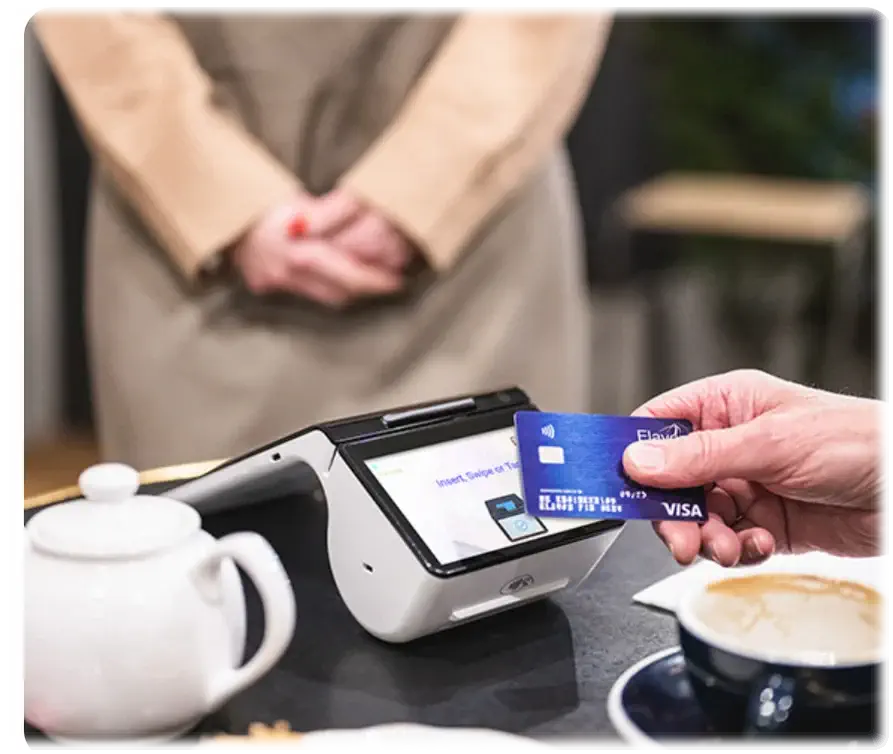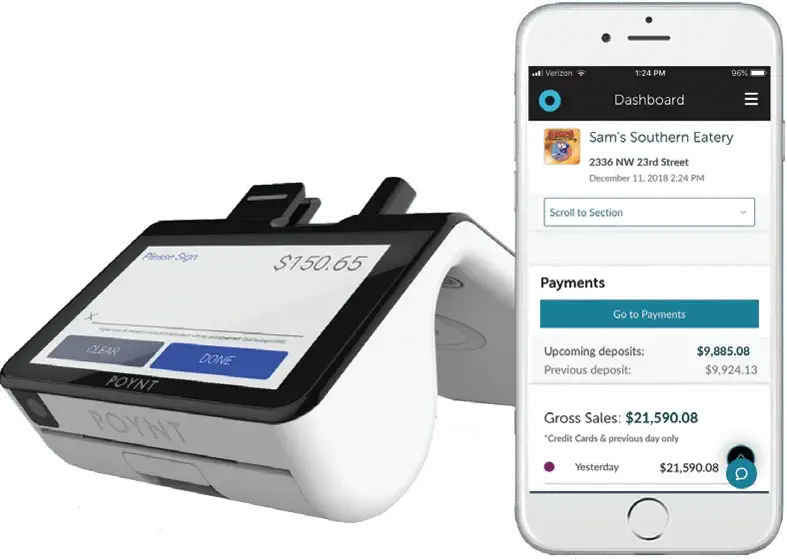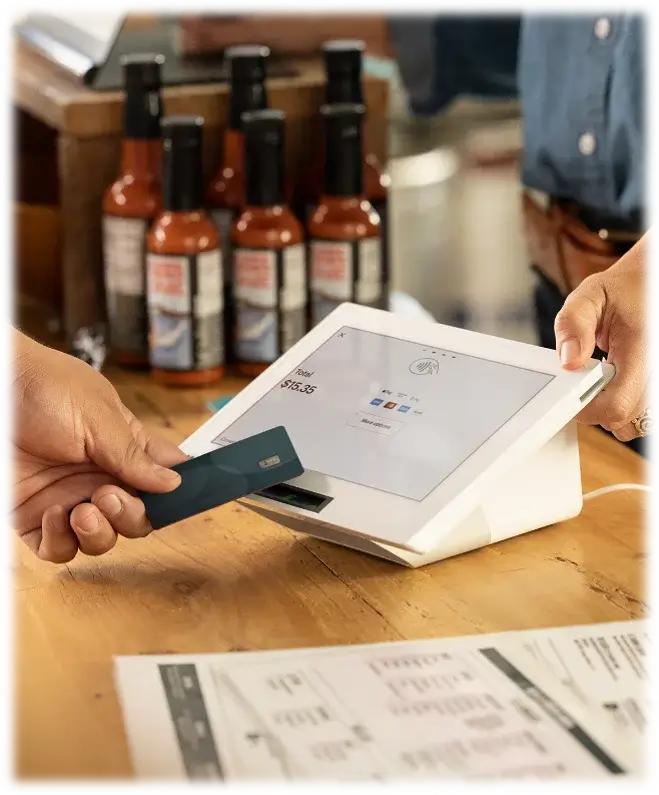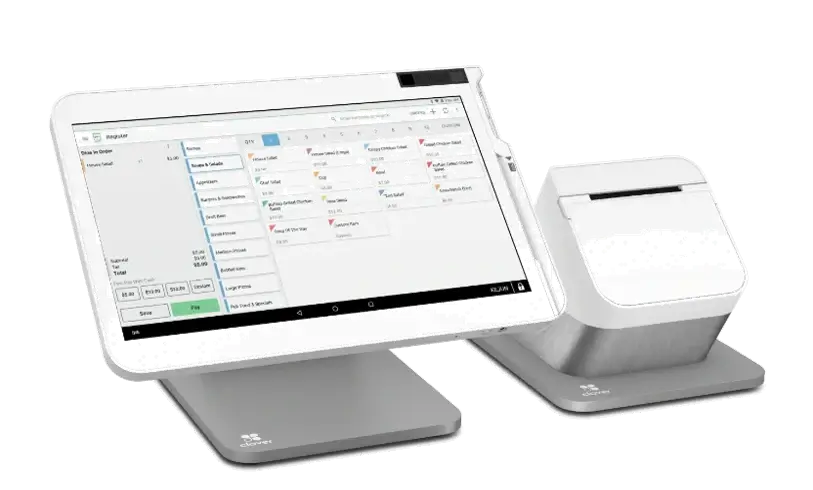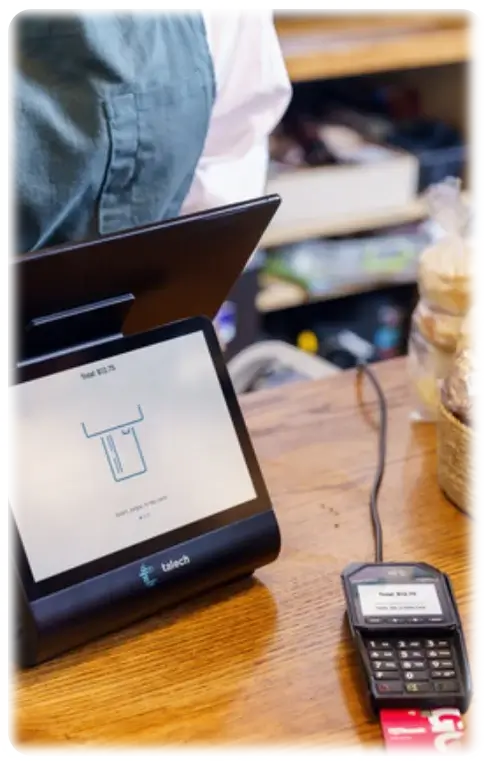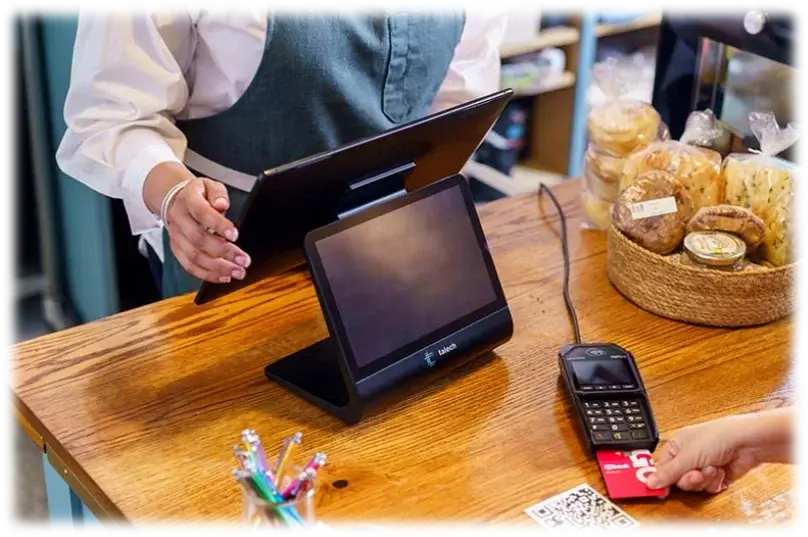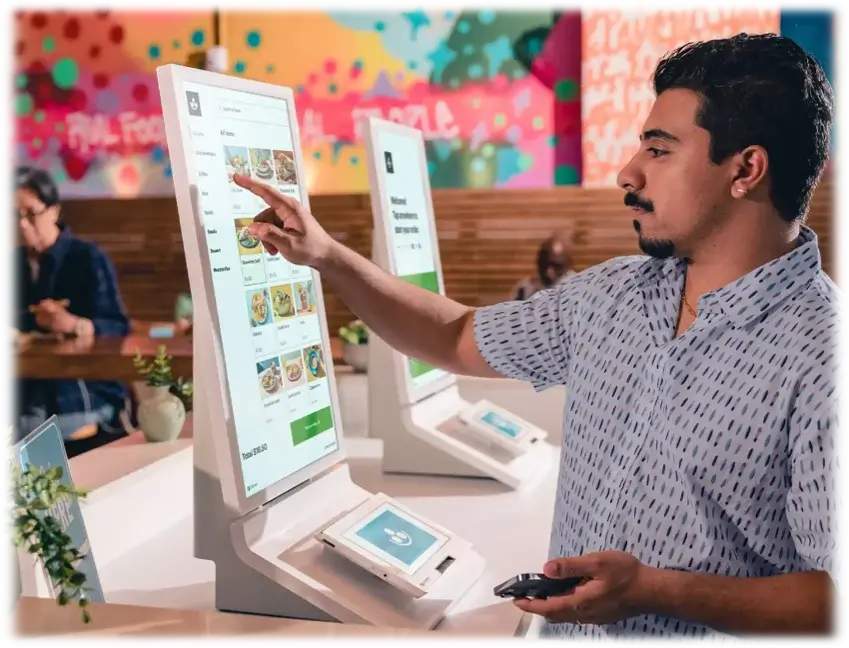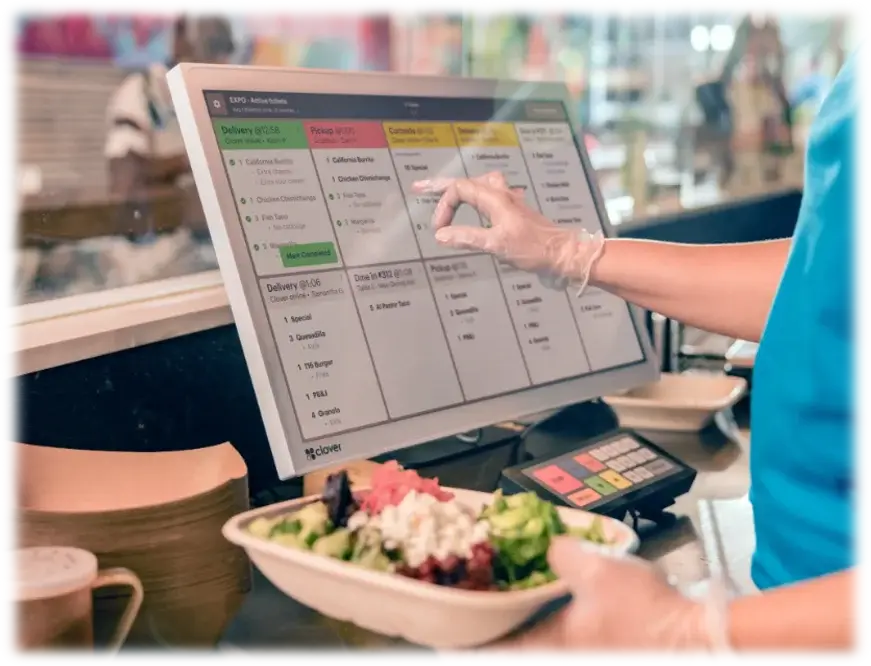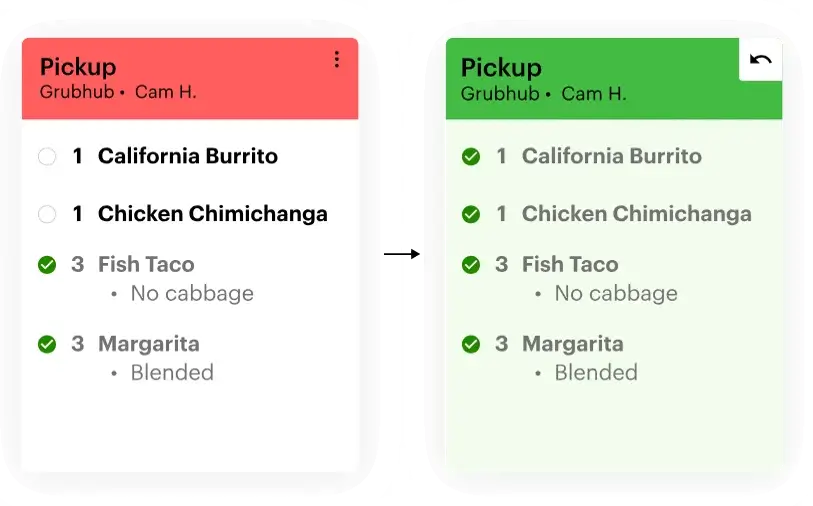How Virtual Terminal Services Are Adapting to B2B Payment Complexity

In today’s fast-evolving business landscape, B2B transactions are no longer simple invoice-and-check processes. With globalization, hybrid work environments, and increasing expectations for speed and accuracy, payment processing in B2B has grown significantly more complex. This growing complexity has ushered in an urgent need for flexible, secure, and scalable payment technologies. At the forefront of this transformation is the rise of Virtual Terminal Services.
Virtual terminal services have traditionally been associated with small-scale, card-not-present transactions. However, their evolution into enterprise-level, B2B-ready platforms has been nothing short of revolutionary. This blog explores how virtual terminals are adapting to meet the nuanced requirements of B2B payments, offering tailored solutions that simplify complexity without compromising security or compliance.
Understanding the Complexity of B2B Payments
B2B payments differ greatly from consumer-facing transactions. They involve larger sums, multiple layers of approval, recurring billing, and frequent customization to meet contract terms. Businesses must often manage multiple currencies, deal with staggered payment cycles, and handle detailed invoicing and reporting requirements. These needs make manual payment systems inefficient and error-prone.
Moreover, regulatory scrutiny is growing, and companies are now expected to adhere to a range of standards, including PCI DSS compliance. Delays in payment cycles, reconciliation issues, and fraud risk are additional complications. This multifaceted environment calls for a payment solution that can adapt to changing workflows and business logic—a demand that modern virtual terminal services are increasingly equipped to fulfill.
The Shift from Traditional Methods to Digital Virtual Terminal Services
In the past, B2B companies relied on traditional methods such as wire transfers, checks, or in-person card swipes. These processes are slow, lack transparency, and involve significant manual effort. Enter virtual terminal services—online payment interfaces that allow businesses to process payments through any internet-connected device without the need for physical card readers.
Modern virtual terminals are far more advanced than their early predecessors. They offer a digital gateway for businesses to process credit card and ACH payments, handle recurring billing, issue refunds, and maintain real-time records. All these capabilities come together to enhance both operational efficiency and customer experience.
More importantly, the shift to digital also improves scalability. Businesses can now manage high volumes of transactions securely without expanding their physical infrastructure. The ability to operate across time zones, automate transaction records, and accept payments from clients in different regions is a critical advantage for B2B operations.
Key Adaptations to Meet B2B Demands
To keep up with the intricate nature of B2B transactions, virtual terminal services have undergone several crucial upgrades:
First, most platforms now integrate robust multi-user role management features. This enables businesses to establish approval hierarchies and assign specific access rights to finance teams, ensuring internal controls remain intact.
Secondly, support for diversified payment methods has expanded. Beyond credit and debit cards, advanced virtual terminals now accommodate ACH transfers, wire transfers, and even alternative payment options that clients may prefer.
Another key adaptation is the inclusion of customizable invoice templates and recurring billing options. These features are crucial for subscription-based services or long-term contracts, allowing vendors to streamline collections while giving clients visibility and convenience.
Additionally, reporting and analytics capabilities have seen significant improvement. Businesses can now generate customized financial reports, monitor real-time payment statuses, and automate reconciliation processes. This results in more accurate forecasting and stronger financial control.
Security and PCI DSS Compliance as Core Pillars
Security remains a non-negotiable element in any payment solution, especially in the B2B realm where large sums and sensitive financial data are involved. Virtual terminal providers have prioritized this need by embedding robust encryption, tokenization, and multi-factor authentication.
What distinguishes compliant services is their dedication to meeting Payment Card Industry standards. PCI DSS compliance is no longer just a checkbox—it's a necessity that shields companies from data breaches and regulatory penalties. A PCI DSS-compliant virtual terminal ensures encrypted data transmission, secure storage, and strict access control, fostering trust between B2B partners.
It’s also worth noting that providers that specialize in B2B often offer compliance-as-a-service features. These include regular vulnerability scans, customizable audit logs, and tools to streamline the documentation needed for maintaining PCI DSS status. Such features empower organizations to stay ahead of compliance requirements without overwhelming their internal IT teams.
Integration with Existing Enterprise Systems
A key differentiator for modern virtual terminals is their ability to seamlessly integrate with other enterprise platforms. Whether it’s ERP software, CRM systems, or accounting tools, integration is no longer optional—it’s a cornerstone of operational efficiency.
These integrations enable real-time data sharing, reduce manual data entry, and ensure that payment information automatically reflects across business systems. For instance, an invoice generated in an ERP system can trigger an automatic payment request via the virtual terminal, complete with a prefilled amount and customer data.
Additionally, virtual terminals with API capabilities allow for customized workflows. Businesses can tailor their payment processes to fit industry-specific regulations, customer needs, or internal logic. This degree of flexibility is what positions virtual terminals as a true asset in navigating the complexity of B2B commerce.
Choosing the Right Virtual Terminal Partner
Selecting the right virtual terminal service provider involves more than just evaluating features—it’s about finding a partner that aligns with your business goals, compliance needs, and technical ecosystem.
Providers that specialize in B2B transactions often offer advanced support, onboarding assistance, and custom integrations. They understand the need for layered approvals, multiple payment cycles, and real-time reconciliation.
Furthermore, it’s crucial to choose a partner with strong credentials in PCI DSS compliance and payment security. Look for providers that offer transparent pricing, 24/7 support, and positive client testimonials, especially from companies in your industry.
A Future-Proof Payment Strategy
As B2B transactions continue to grow in complexity, businesses must adapt their payment infrastructure to remain competitive. Virtual terminal services have become indispensable tools in this evolution, offering secure, flexible, and scalable solutions that meet the demands of modern enterprise transactions.
By choosing a PCI DSS-compliant provider and leveraging a terminal that integrates with your existing systems, your organization can streamline operations, reduce fraud risk, and enhance client satisfaction. The future of B2B payment processing is undeniably digital—and virtual terminals are leading the way.




